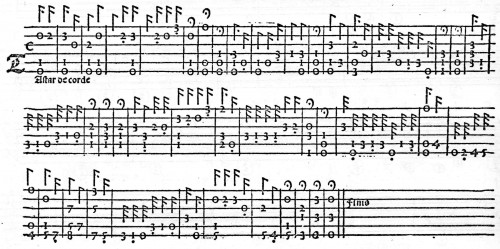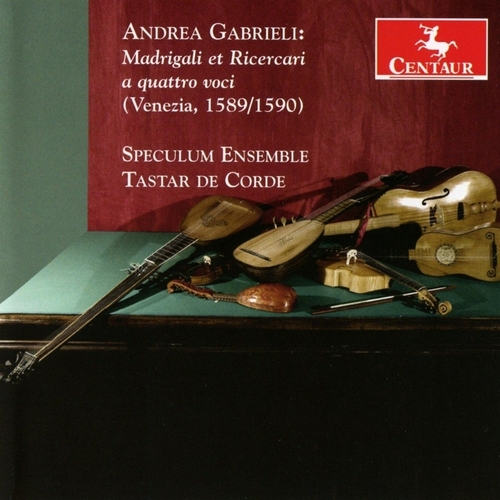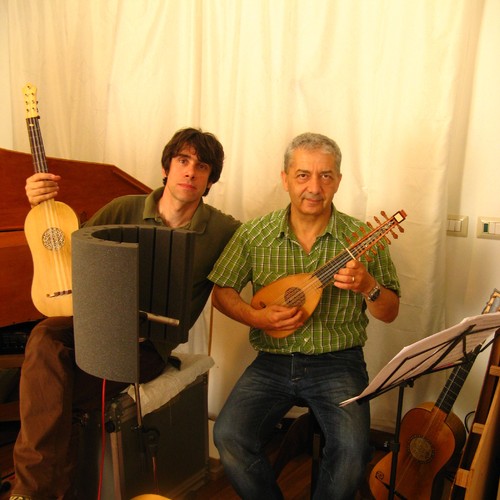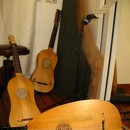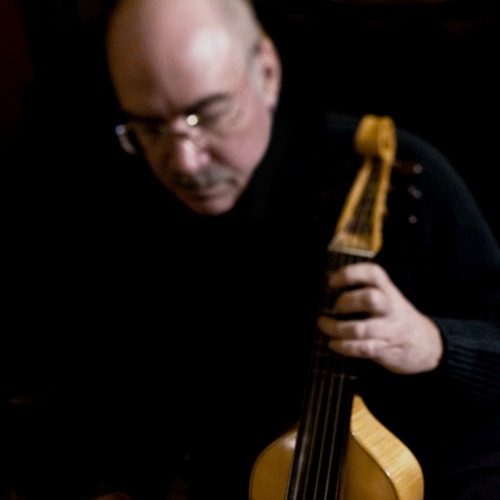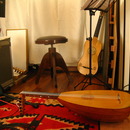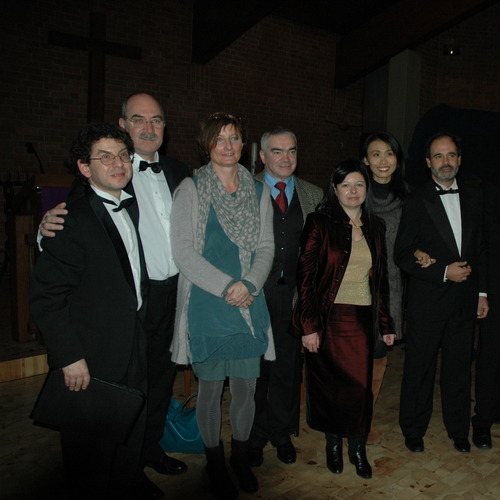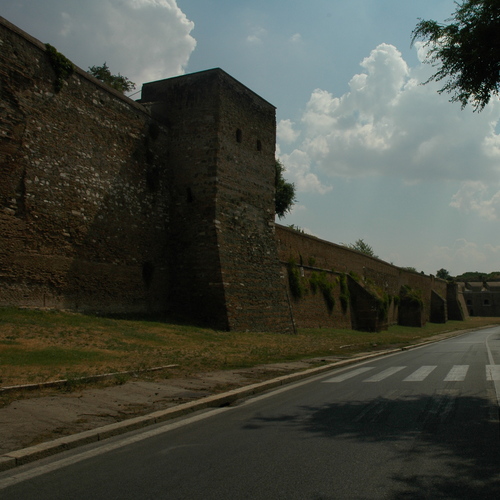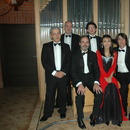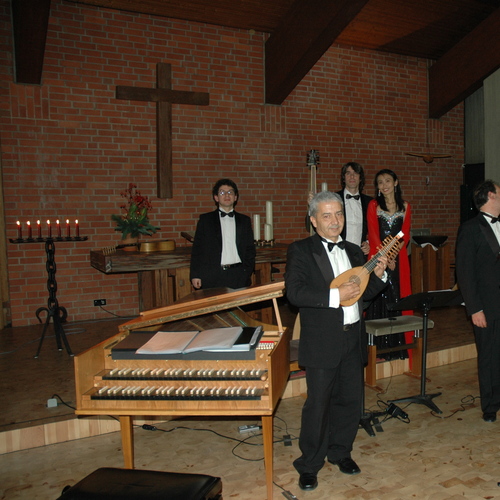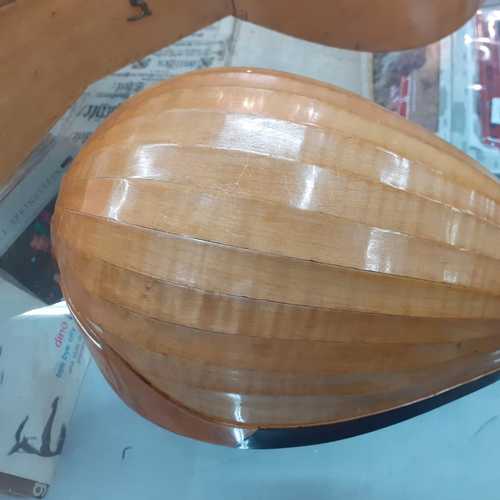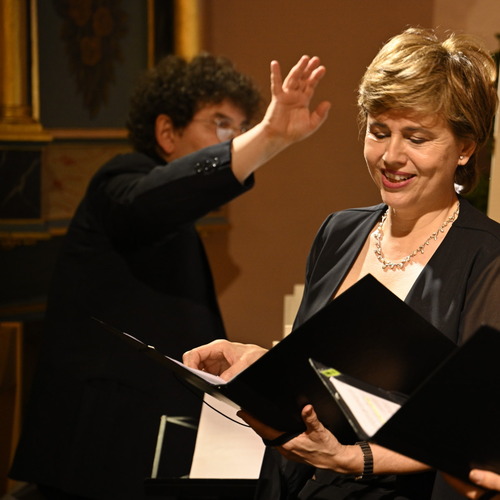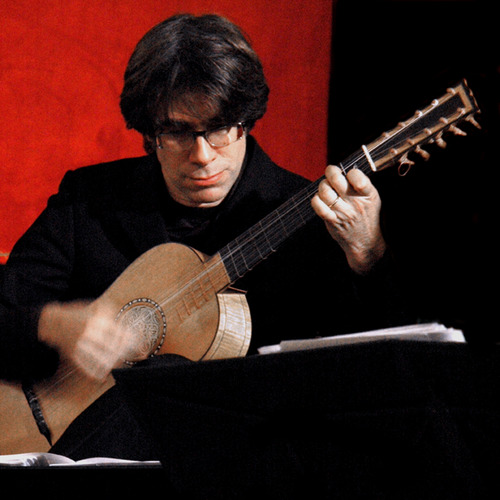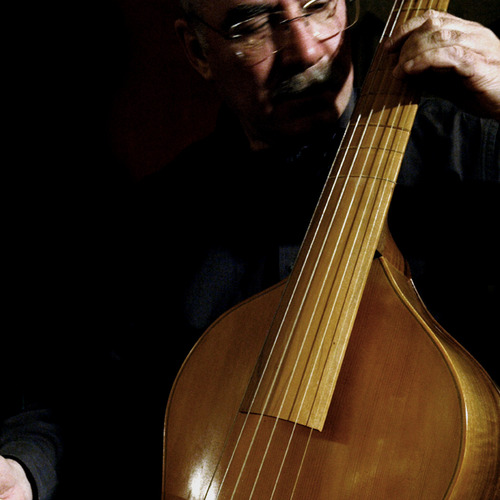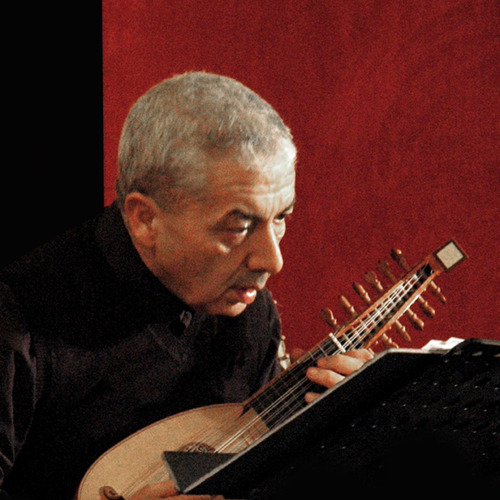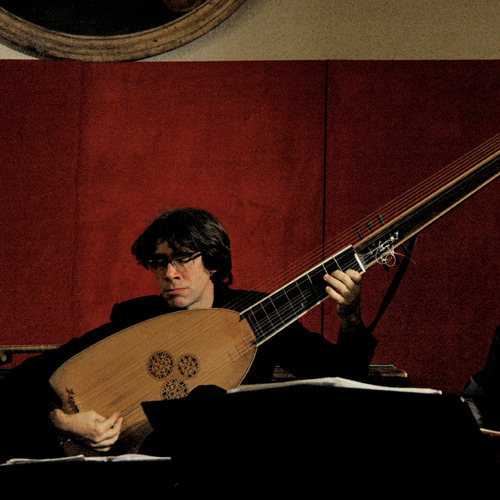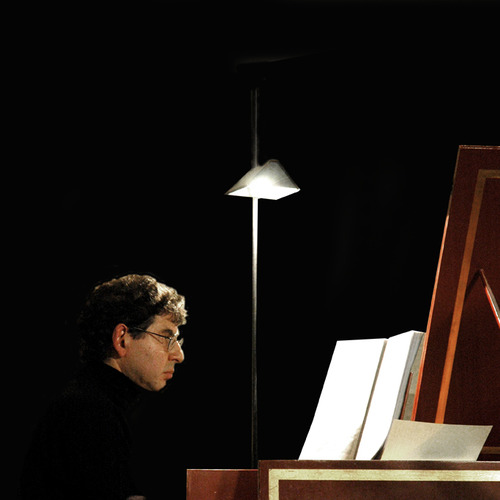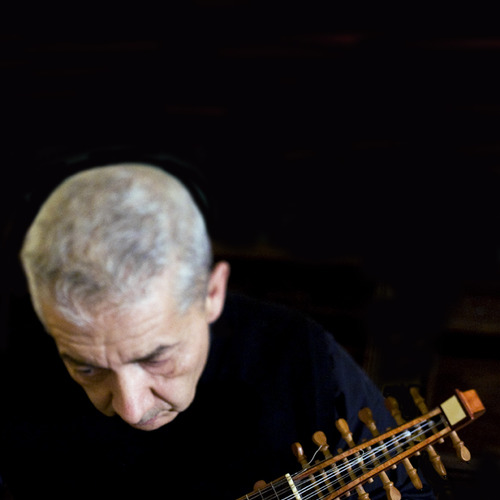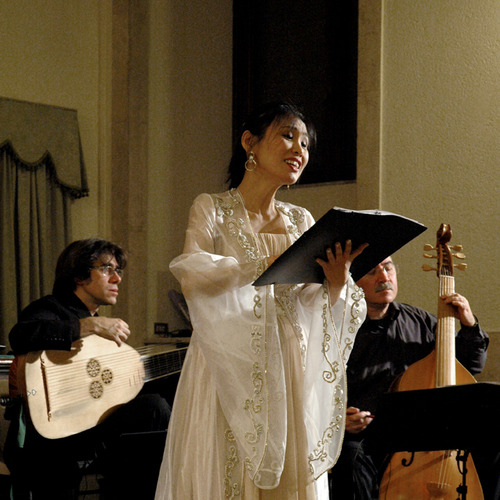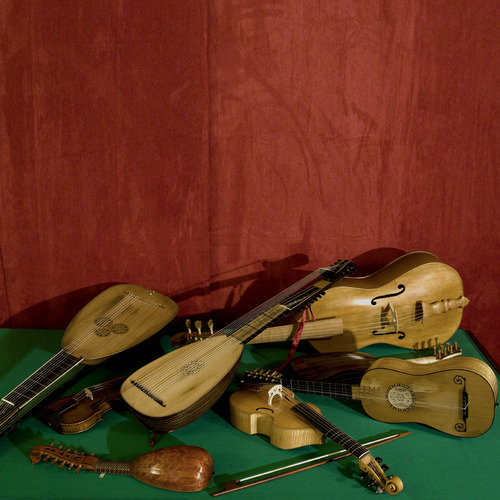Recensioni su
https://www.amazon.com/Andrea-Gabrieli-Madrigali-Ricercari-quattro/dp/B01M8PAZLR/#customerReviews
La raccolta completa di Andrea Gabrieli “Madrigali et Ricercari a quattro voci” (Venezia, 1589/1590) è ora disponibile nel catalogo di Centaur Records. È possibile acquistarla on-line e ascoltare estratti audio di tutte le composizioni tramite i seguenti link.
Our latest record of Andrea Gabrieli's "Madrigali et Ricercari a quattro voci" (Venice, 1589/1590) is now out with Centaur Records. You can purchase our work on-line or listen to brief audio extracts from our work via the following links.
https://www.amazon.com/Andrea-Gabrieli-Madrigali-Ricercari-quattro/dp/B01M8PAZLR/
https://www.amazon.it/Andrea-Gabrieli-Madrigali-Ricercari-Quattro/dp/B01M8PAZLR/
https://www.amazon.co.uk/Andrea-Gabrieli-Madrigali-Ricercari-Quattro/dp/B01M8PAZLR/
https://www.amazon.de/Madrigali-Ricercari-quattro-Speculum-Ensemble/dp/B01M8PAZLR/
https://www.amazon.fr/Gabrieli-Madrigali-Ricercai-Speculum/dp/B01M8PAZLR/
https://www.amazon.co.jp/Andrea-Gabrieli-Madrigali-Ricercari-Quattro/dp/B01M8PAZLR/
https://www.amazon.ca/Andrea-Gabrieli-Madrigali-Ricercari-quattro/dp/B01M8PAZLR/
http://www.amazon.in/Andrea-Gabrieli-Madrigali-Ricercari-quattro/dp/B01M8PAZLR/
https://www.amazon.com.mx/Andrea-Gabrieli-Madrigali-Ricercari-Quattro/dp/B01M8PAZLR/
https://www.amazon.es/Madrigali-Ricercari-quattro-Speculum-Ensemble/dp/B01M8PAZLR/
Presentazione
Gabrieli e la creazione del sound veneziano
di Giulia Anna Romana Veneziano
Il “suono” di San Marco si identifica nella seconda metà del Cinquecento principalmente con le musiche policorali che costituirono, dal magistero di Willaert in poi, la caratteristica che rendeva “unica” la prassi vocale e strumentale di Venezia. Andrea Gabrieli (1532/33 – 1585), organista e poi maestro di cappella di San Marco, fu il protagonista indiscusso della vita musicale veneziana per lunghi anni. La policoralità veneziana, il suo particolarissimo sound, dipendevano da una serie di elementi che avevano creato la fama dei cantori e degli strumentisti al servizio della Serenissima e che avevano la caratteristica di non servire esclusivamente la basilica di San Marco ma anche la vita cerimoniale quotidiana all’interno del Palazzo dei Dogi, come si ricava dalla vasta bibliografia disponibile, e tra i tanti in particolare dagli studi di David Bryant e Iain Fenlon. Grazie a queste ricerche, nonostante la scarsa documentazione pervenutaci, è possibile delineare le principali tappe della vita di Andrea Gabrieli incastonate nel tessuto musicale e culturale della sua Venezia. […] La silloge, stampata tra la fine del 1589 (tutti i libri-parte tranne il Basso) e i primi mesi del 1590 (solo il Basso), rivela anche nella musica caratteristiche stilistiche disomogenee, che contemplano abitudini di prassi dalle più arcaiche -madrigali scritti alla breve - alle più recenti: adesioni al cromatismo espressivo, uso con perizia di tutte le declinazioni del bagaglio tecnico-compositivo del madrigalista di ambiente lombardo-veneto della seconda metà del Cinquecento. La definizione e la variazione ritmica giocano in Gabrieli un ruolo fondamentale in relazione al significato del testo poetico, incrociate alla rincorsa del disegno melodico distribuito variatamente tra le quattro linee vocali e strumentali. Nella maggior parte delle composizioni vocali, l’omoritmia e la densità armonica aiutano a creare un pannello sonoro espressivo: ed è soprattutto su questi aspetti che è stata accuratamente portata l’interpretazione offerta in questa incisione discografica. I sette ricercari strumentali, che nella raccolta del 1589/90 chiudono la stampa – e che nella presente incisione vengono utilizzati per separare gruppi di madrigali, registrati rispettando la successione originale, – riflettono anch’essi una varietà stilistica dettata dai differenti anni di composizione: una parte insegue i tradizionali procedimenti imitativi a più sezioni e più soggetti, sensibili alle trasformazioni ritmiche più utili a creare varianti di tempi e accenti su uno schema dato, mentre una minoranza incarna i dettami della canzone strumentale con effetti acustici più evidenti.
La scelta esecutiva dell’ensemble di Marcello Candela si basa in sostanza su una attenta e approfondita ricerca della prassi esecutiva del tempo e offre, per la prima volta nel panorama editoriale discografico, una esecuzione sistematica di tutta la raccolta vocale e strumentale del 1589 con una proposta interpretativa suggestiva, originale ma sempre fedele agli stilemi musicali dell’epoca di Andrea Gabrieli. Per gli ascoltatori, una rara occasione di apprezzare il sound di Venezia nell’ultimo scorcio del Rinascimento.
Introduction
Gabrieli and his Creation of Venetian Sound
Giulia Anna Romana Veneziano
After the second half of the 16th Century, St Mark’s ‘sound’ can be identified mainly with polychoral music which constituted, from Willaert’s office onwards, the trait which made vocal and instrumental practice in Venice “unique”. Andrea Gabrieli (1532/33 – 1585), organist and then maestro di cappella in St Mark’s, was the unquestioned protagonist of the Venetian musical scene for many years. Venetian polychoral music, with its very peculiar sound, was dependent on a range of elements which gave rise to the renown of the cantors and instrumentalists at the service of the Most Serene Republic of Venice, who also performed in the routine ceremonials in the Palazzo dei Dogi, rather than exclusively in St Mark’s Basilica, as we can learn from the vast bibliography available and, amongst others, from the studies of David Bryant and Iain Fenlon. Thanks to this research, notwithstanding the scarce documents remaining, it is possible to outline the main stages of Andrea Gabrieli’s life, nestled and interwoven with the musical and cultural fabric of his Venice. […]
The collection, printed between the end of 1589 (all part-books except the Bass) and the first months of 1590 (Bass only), reveals uneven stylistic traits also in its music. It includes, in fact, samples from the more archaic practices - such as madrigals alla breve - to more recent ones, such as expressive chromaticism and proficiency with all the elements of the technical-compositional toolbox of a madrigalist of Lombardo-Venetian extraction in the second half of the 16th Century. Rhythm definition and variation play a fundamental role in Gabrieli’s music, related to the meaning of the poetic text, interwoven in a rapid chase of the melodic pattern, variously distributed between the four vocal and instrumental lines. In most of his vocal compositions, homorhythmic and harmonic density contribute to create an expressive sound panel, and the interpretation offered in this recording has placed special attention in accurately portraying these aspects. The seven instrumental ricercares, which in the original publication of 1589/90 close the volume - and which in this recording are used to separate groups of madrigals, recorded respecting the original succession – also reflect a stylistic variety given by different years of composition: part of them follows the traditional imitative procedures involving several sections and different subjects, sensitive to rhythmical mutations and capable of creating variations in tempo and accent on a regular scheme; while a smaller part embodies the precepts of the instrumental canzone, accompanied by more evident acoustic effects.
The interpretative choice of Marcello Candela’s ensemble is essentially based on a meticulous and in-depth research in the performing practice of the time and offers, for the first time in the recording industry, a systematic performance of the entire vocal and instrumental 1589/90 collection, with an evocative interpretative proposal, original but still true to the musical style of Gabrieli’s time. It is a rare occasion for the listener to appreciate the sound of Venice in the last years of Italian Renaissance.
Translated by Francesca Flore and Luigi Candela
La traduzione in inglese del testo dei madrigali si può visionare in Andrea Gabrieli, Complete Madrigals 2, della collana Recent Researches in the Music of the Renaissance – volume XLII, pagg. xi-xiv, a cura di A. Tillman Merritt.
The english translation of the madrigals can be found in Andrea Gabrieli, Complete Madrigals 2, from the collection Recent Researches in the Music of the Renaissance – volume XLII, pages xi-xiv, edited by A. Tillman Merritt.
Speculum Ensemble
Roberto Di Cecco, cantus
Huub Van Der Linden, altus
Nicola Bonazzi, tenor
Marco Spongano, bassus
Tastar De Corde
Antonio Di Trapani, viola da gamba soprano (nei Ricercari)
Francesco Mirarchi, chitarrino, chitarra alla spagnola, liuto, arciliuto, mandolino barocco
Gianluca Schingo, liuto, chitarra alla spagnola, tiorba
Marcello Candela, maestro di concerto, cembalo
e la partecipazione di:
Valerio Losito, violino
Maurizio Di Chio, viola da gamba basso (nei Madrigali)
In memoriam Roberto Di Cecco
Producers: Roberto Di Cecco and Marcello Candela
Recording location: studio Sonitus Etruriae, Rome, 15-18 July 2010, 11-14 July 2011
Performing version by Marcello Candela
Sound engineer and editing: Marcello Candela
Mixing and Mastering: Leandro Piccioni, Erewhon Studio, Rome
